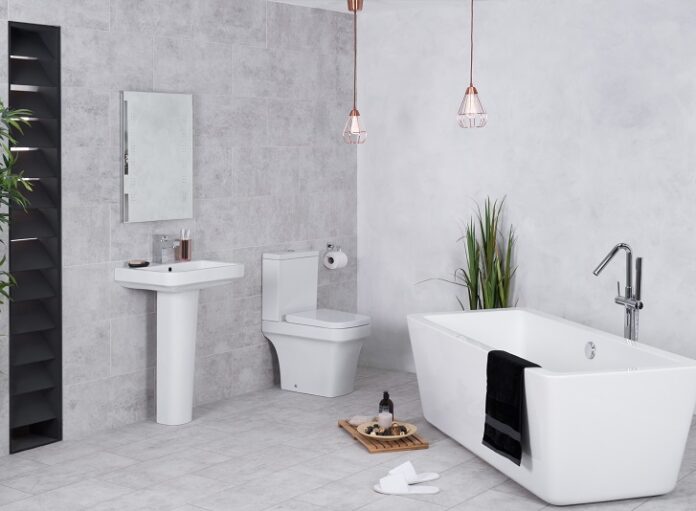
Redesigning a bathroom can be an exciting and transformative project for any homeowner. A well-thought-out bathroom redesign not only enhances functionality but also adds aesthetic value to your home. Whether you’re planning a major renovation or a minor facelift, here are some valuable tips to guide you through the process.
1. Set a Budget
Before embarking on your bathroom renovation, laying out a well-defined budget is crucial. Calculate the amount you are comfortable allocating for materials, labor, and potential unexpected costs that might crop up during the project. Adhering to a budget will enable you to make thoughtful choices and avoid exceeding your financial limits.
2. Plan Your Layout
You do not have to keep the existing layout of your bathroom; in fact, changing the floorplan could have massive benefits. However, moving plumbing fixtures (such as sewage) can significantly increase costs, so try to work with the existing layout if possible. Work with a professional company like nonpareilsolutions.co.uk to ensure that the new layout maximizes space and functionality.
3. Prioritize Functionality
Functionality should be at the forefront of your bathroom redesign. Think about the daily routines of those using the bathroom and design the space accordingly. Adequate storage, proper lighting, and easy access to essential items are all crucial elements of a functional bathroom.
4. Choose Quality Fixtures and Materials
High-quality fixtures and materials are durable and built to last. Quality doesn’t always mean expensive, but it’s essential to strike a balance between cost and durability. Research different brands and read reviews to make informed choices.
5. Select a Cohesive Design
Select a design theme or style that suits your preferences and complements the overall aesthetics of your home. Whether it’s a modern, traditional, or eclectic design, consistency in your design choices will create a cohesive and visually appealing bathroom.
6. Optimize Lighting
Proper lighting is essential in a bathroom. Incorporate a combination of ambient, task, and accent lighting to create a well-lit space. Consider natural lighting options like skylights or larger windows to make the room feel more spacious and inviting.
7. Pay Attention to Ventilation
Effective ventilation is often overlooked but can be absolutely crucial in a bathroom. There is a significant risk of mold and mildew growth without adequate ventilation. Ensure your bathroom has an efficient ventilation system, such as an exhaust fan, to maintain air quality and reduce humidity.
8. Choose the Right Color Scheme
Selecting the right color scheme can greatly influence the overall feel of your bathroom. Light and neutral colors can make a small space feel larger, while bold colors can add drama and personality. Consider your chosen design style and personal preferences when deciding on colors.
9. Plan for Proper Storage
Incorporate ample storage solutions to keep your bathroom clutter-free. Vanity cabinets, shelves, and built-in niches can provide storage for toiletries, towels, and cleaning supplies. This will help keep your bathroom looking ‘new.’
10. Hire Professionals
While DIY projects can be fulfilling, a bathroom redesign often requires professional expertise. Hiring a skilled contractor, plumber, and electrician can ensure that the project is completed safely and to a high standard.
In conclusion, redesigning your bathroom is an investment that can enhance your daily life and increase the value of your home. You can create beautiful space that meets your needs and preferences by carefully planning your budget, layout, and design choices. Remember that a well-executed bathroom redesign can improve your quality of life and make your home more attractive to potential buyers if you decide to sell in the future.







